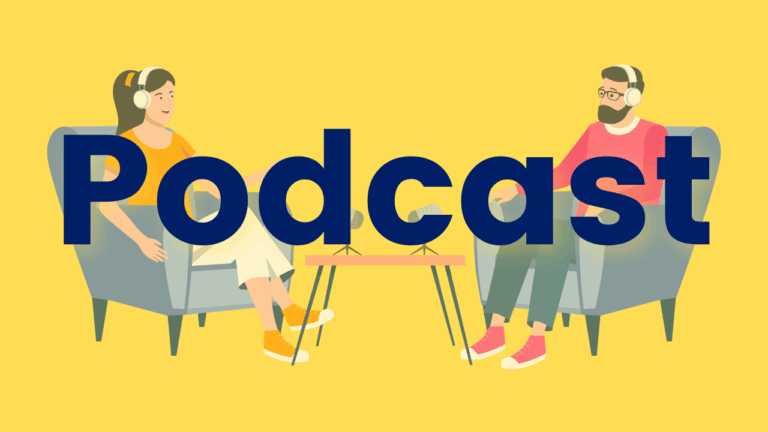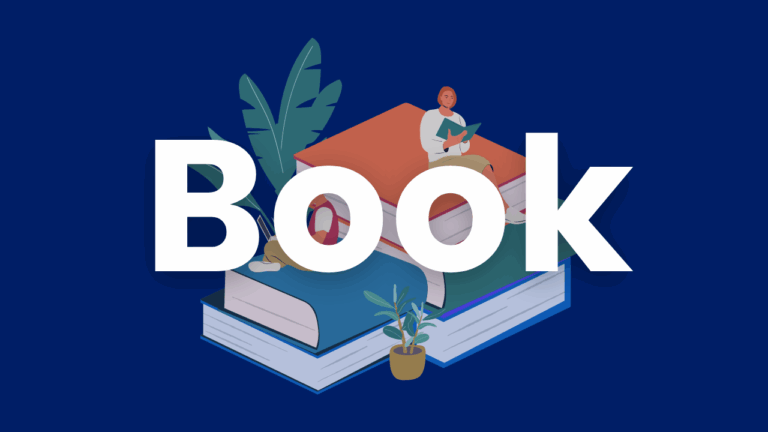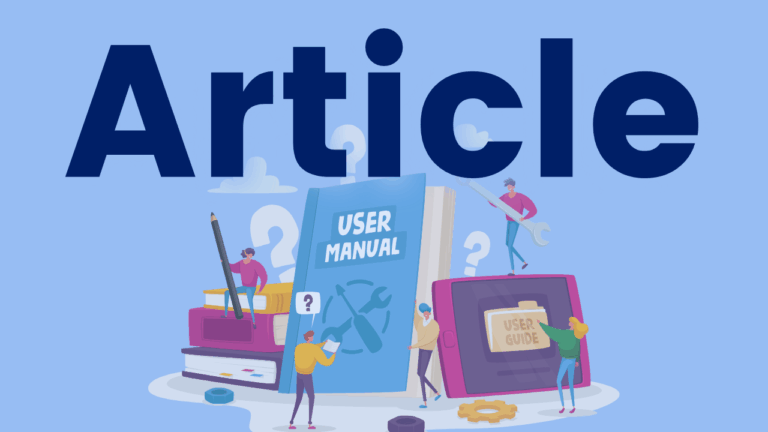Implementing Multi-Tiered Systems of Support with Dr. Brittney Bills
This podcast explores MTSS and provides insights into classroom instruction.

This podcast explores MTSS and provides insights into classroom instruction.

This educator-friendly book, written by reading researchers, outlines the rationale for vocabulary instruction, and how to implement it in classrooms from K-12

This PaTTAN webinar featuring Dr. Elsa Cárdenas-Hagan focuses on structured literacy for English Language Learners, addressing evidence-based practices for the explicit instruction of oral language strategies within a structured literacy lesson. A variety of strategies are demonstrated.

This PaTTAN webinar discuses writing instruction for grades 4 to 12.

In this podcast episode, Lyn Stone busts common reading myths and misconceptions, advocating for evidence-based structured literacy for all students. Lyn highlights the importance of targeting intervention to student needs, the myth of dyslexia as a gift, and the value of explicit writing instruction.

In this IDA Ontario podcast featuring Kate Winn and Dr. Jan Hasbrouck, the focus is on the significance of reading fluency and its impact on students’ literacy development. Reading fluency, characterized by accuracy, rate, and prosody, plays a vital role in overall reading proficiency and comprehension. The podcast highlights the importance of assessing reading fluency effectively, and using research-backed approaches to supporting fluency development.

In this International Dyslexia Association Perspectives article, Sarah V. Arden and Jill M. Pentimonti emphasize the vital role of data-based decision-making in Multitiered Systems of Support (MTSS) to improve reading outcomes for students, especially those with disabilities. MTSS offers a framework with three tiers of instruction involving progress monitoring to determine suitable support levels. The authors stress the need for a climate of data fluency among educators, promoting collaboration to analyze data and identify students needing additional support. Diagnostic assessments are essential in Tier 3 to guide individualized interventions, with regular progress monitoring to make timely adjustments. The article aims to aid educators in effectively utilizing data to enhance student achievement within the MTSS framework.

Research shows that professional learning combined with extended peer coaching is an extremely effective method of ensuring new practices are applied in classrooms. This book presents the Student-Focused Coaching model, supporting teacher collaboration with the goal of increasing student success. Unlike many common coaching models (which may feel more evaluative and have formal observation and feedback components) SFC allows a classroom teacher to identify their goals, which they work towards with the support of their coach, also aligning well with the outcomes-driven MTSS model. An excellent resource for those working as instructional coaches, the book is also helpful for those in less formal coaching/support roles, administrators, and those working at the board level making decisions about professional development and coaching models. While SFC can be used within a wide range of curricular areas in all grades, it is perfectly suited to support teacher implementation of the new Language curriculum.

Explicit Instruction expert, Dr. Anita Archer, provides the rationale and overview of explicit instruction and its benefit for students. Archer provides a quick 5 minute overview of what Explicit Instruction is and isn’t, with concise and kind language. This resource can be used to for professional development and to begin discussion between educators on Explicit Instruction.

This webinar will support educators in determining oral reading fluency goals, specifically for accuracy and rate, and how to provide instruction for these goals in a small group setting. Michael Hunter provides examples of assessment with a focus on accuracy, error tracking using decodable texts, and how to provide small group instruction to first improve accuracy followed by rate. This webinar will support educators of all grade levels working with students to improve oral reading fluency with connected text.

In this International Dyslexia Association Perspectives article, Steve Goodman discusses the successful implementation of a Multi-tiered System of Support (MTSS) in schools through an Integrated Behavior and Learning Support Initiative. The article presents five key lessons from scaling up MTSS, including defining MTSS clearly, using data and focusing on outcomes, strategic scaling, investing in local implementation capacity, and aligning MTSS with other key initiatives. Goodman emphasizes the ongoing nature of the implementation process and the significance of supporting educators for effective MTSS implementation and improved student success. The article offers valuable insights for education policymakers and practitioners.

Within a multi-tiered system of supports, instruction begins at the Tier 1 whole group level, and this book is a guide to making that Tier as effective as possible. MTSS can be applied to social-emotional and academic areas, including literacy, making this title an excellent support to the new Language curriculum. The book guides educators and leaders through a team-based and cyclical action plan based on questions around determining the effectiveness of current universal instruction with various assessments, what needs must be addressed, how they will be addressed, identifying barriers to effective Tier 1 implementation, how effectiveness of improvements to instruction can be monitored/measured, and whether improvements have ultimately been effective. Many reproducibles are included, such as meeting agendas and problem-solving checklists. Administrators will find great value in this book to aid their role as instructional leaders, as will consultants and coaches who support schools.